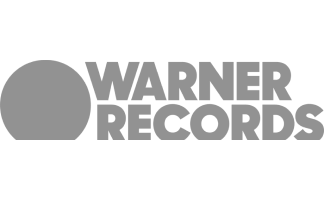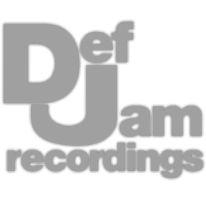Professional Analog Mastering.
Professional Analog Mastering.










When performing EQ Matching, either to a reference or for the purpose of inverse equalization, ensure your reference and the track you want to affect have similar LUFS levels. When it comes to inverse EQ matching, try using dynamic bands with the external side-chain as the trigger.
If I want to match my mix to a reference mix to check it, I’d first import the reference into my session. The reference should be the same key as my mix, in this case, F Major, and should ideally have a similar genre with related instrumentation.
Then, I need to use loudness normalization on both my mix section and my reference to ensure they’re roughly the same level.
I’ll insert an EQ capable of EQ matching on my mix, then side-chain the reference. With the side chain selected, I’ll play both tracks back and match their EQs, before deleting any extreme bands.
Now mix’s frequency response should sound much closer to the reference. Let’s take a listen and notice how it gives us a good idea of what could be improved.
If we have 2 competing signals, we can match one to the other with a matching EQ, then invert the bands to make them more distinct from one another. For example, I could insert the EQ on my vocal then side-chain the instrument bus - then I’d highlight and invert.
This works well whenever you need to make 2 signals sound distinct, or you just want to find what’s making them clash.
Let’s take a listen.
I’m going to use the same EQ settings I created last chapter - that is the inverted matched bands, and then process this vocal with either a compressor or a saturator. I’ll use this Baby Audio Tape plugin to increase the signal’s presence and add some harmonics.
Then I’ll use an equal and opposite EQ to de-emphasize the changes I made with the first EQ. So in short, the first EQ amplifies frequencies that make it sound separate from a competing signal - subsequently, it emphasizes these frequencies into the processor - ensuring more processing is happening to these frequencies.
The last EQ balances out what was amplified with the first EQ. Let’s listen to how this creates helps separation similar to last chapter.
Our bass and drums will often have competing frequencies - that said I’ll match the bass guitar to my drum stem or bus, and then delete some of the more aggressive or unrelated bands, isolating the processing more to the lows and low mids. Then I’ll invert them.
Additionally, I’ll make these bands dynamic before using the side-chained drum signal as my trigger. This way, the bass will dynamically separate from the low frequencies of the drums whenever they’re present.
Let’s take a listen to how this changes the relationship between our bass and drums.
Let’s add to what we did last chapter - we’ll notice that once we introduce this inverse EQ to our bass, we’re still missing something to balance out the signals. I found that emphasizing these inverse bands into bright distortion with some compression helps give the bass a unique character.
I’ll use this Lifeline Console plugin by Excite Audio to augment brighter bass frequencies. This way we achieve clarity in the lows due to the EQ, and a distinct placement in the highs.
Let’s take a listen.
Our drums usually have in-key notes, but we can emphasize these frequencies by matching our drums to our reference track. So let’s insert the EQ on the drum bus or stem and ensure that the effect isn’t too aggressive - unless we’re trying to cause a more creative sound.
Let’s take a listen and notice how the drums sound like they’re producing notes in addition to their typical percussive sounds.
Building on the ideas of last chapter - we can go the more creative route by using this effect more aggressively before following it with a creative processor. I’ll use this ShaperBox plugin by CableGuys to introduce distortion whenever a transient occurs, as well as a sweeping filter whenever triggered.
Lastly, I increased the width of the drums whenever the snare hit - causing interesting time-based expansion.
By emphasizing in-key elements into a processor like this, we can take a typical-sounding drum loop and make it sound really unique.
Let’s take a listen.
Let’s get back to more pragmatic effects - with the same inverse EQ on the vocals from chapters 2 and 3, I’ll also insert a resonance reducer on the competing signal - in this case, the instrumentation. Then, I’ll side-chain the vocal and use it as the trigger for any reduction that occurs.
So first the inverse EQ separates the 2, and then, the resonance reduction reduces overlap even more but in a dynamic way.
Let’s listen and notice how combining these 2 types of processing can really separate competing signals.
Similar to last chapter, we can combine 2 effects to further accentuate what we’re trying to accomplish. I’ll use this intelligent EQ on the instrumental and side-chain my vocal - which again has the inverse EQ bands from earlier, before increasing the recover function on the EQ.
Let’s listen, and notice how we achieve an even clearer sound by combining both forms of processing.
If you’re looking for an EQ that can match signals, these are 2 of the main ones you’ll come across. I think the Pro-Q3 is better when trying to perform inverse matching or to separate signals from one another, but the Ozone match EQ is much more accurate when matching.
So if you’re looking for one to use for referencing other mixes, I’d recommend Ozone. Let’s listen to it being used to match our mix to our reference, and notice how the curves it creates are much more detailed.